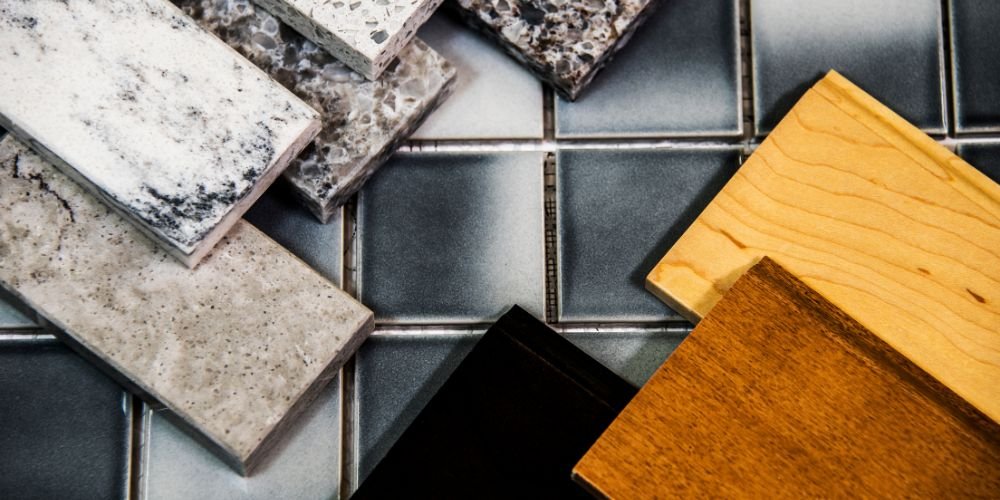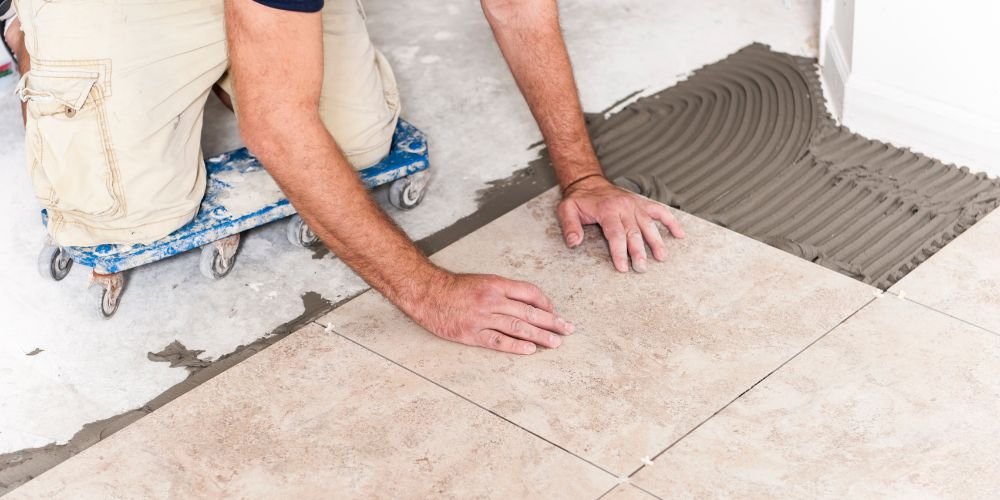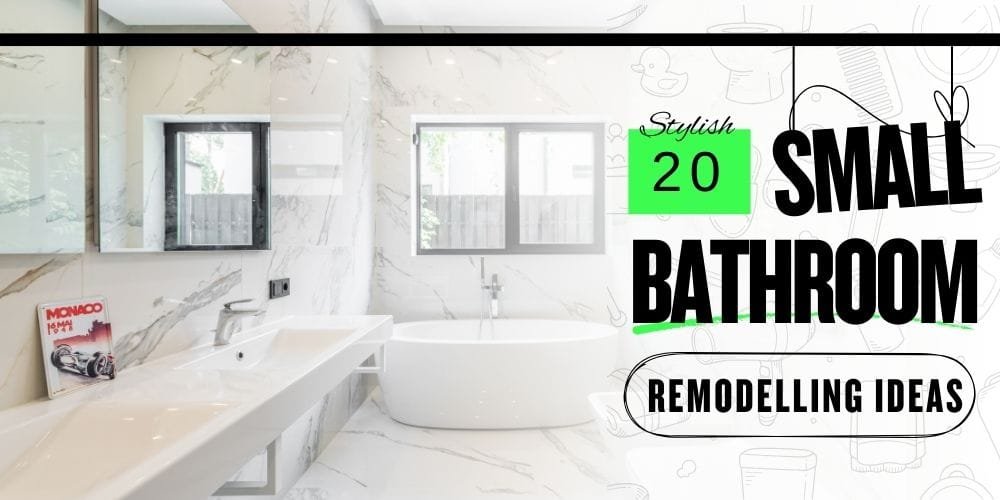Tiles play a significant role in creating the look and ambiance of your home. Whether you’re renovating your kitchen, bathroom, or any other area, the right floor tiles will enhance the look and functionality of your house. With so many options, selecting the perfect tiles may be overwhelming.
Knowing the different aspects, however—material, color, pattern, durability—you can make a very informed decision that not only flatters your style but also meets your needs.
This guide aims to simplify things by equipping you with essential tips to help you through this enormous array of choices. From the tile’s effect on the ambiance of a room to other practical considerations, such as maintenance, we have put together every essential point that would assure you of choosing the best tiles for the floor.
Tiles Material
The material of the house floor tiles will define the look one wants to realize in their space, not to mention its functionality. Various materials for tiles are available, with different benefits associated with each one.
Ceramic tiles are just among them and are still very popular because they are cheap, versatile, and easy to clean. They work perfectly in kitchens and bathrooms since moisture resistance remains very vital in those places. With its subclass of porcelain tiles, Ceramic has greater density and is much more resistant to use; thus, it is appropriate for high-traffic areas.
Natural stone tiles, such as marble, granite, or slate, will bring luxury and timelessness but are much more maintainable and require much more care.
Glass tiles evoke class and sophistication with a slicker feel. They can be used dotingly in places like backsplashes. Knowing each material’s strengths and weaknesses will help you select tiles that will complement your design and withstand time.
Color and Pattern

Color and pattern are the two most influential formative factors that determine the tone or atmosphere in a room. Light-colored tiles, whites, and pastel shades open the sense of space and should be used much more in smaller rooms or those lacking natural light. Darker tiles can add depth and warmth, creating coziness and intimacy in larger spaces. Start by considering the style you’re aiming for in your room and your taste.
Classic designs, like herringbone or subway, make for timeless sophistication. Bold geometrics lend their striking appeal to the most modern spaces. Mix different colors or patterns to give it your feel. Remember to do it and incorporate only a few contrasting elements in one space. Color and pattern can be combined to offer style and cohesion in your room.
Durability and Maintenance

Durability also becomes a critical factor in choosing tiles, as this will determine how long they will last and how well they will serve in floor or wall applications.
The durability of the tiles required for high-traffic areas like kitchens, hallways, and entryways should be higher, as they are always subject to heavy usage without visible wear and tear. Porcelain tiles are highly durable and stand much more to scratches and stains; thus, they are recommended for use in such spaces.
On the other hand, while handsome and elegant, natural stone tiles require extra chores in terms of regular sealing and maintenance to keep their good looks. Ceramic tiles are remarked upon for their effortless maintenance and are suitable for bathrooms and backsplashes where water or spills occur frequently. It only includes the grout lines, which might affect the overall maintenance effort.
Assessing Room Function
While selecting a tile, one has to consider the room’s purpose. Different rooms are associated with other specifications that answer whether the type of tile used in such a place is appropriate. For instance, in bathrooms and kitchens, a lot of moisture is involved; therefore, porcelain or ceramic will do because they have water-resistant attributes attributed to them. It can vary in living areas or bedrooms when comfort underfoot may precede aesthetics; natural stone or softer tiles like vinyl are more suitable.
High traffic, entryways, and hallways require particular types of durable tile that can support heavy use and slip resistance to their finish to ensure long life and safety. Also, consider the room’s purpose and how it is used daily—tiles in a children’s playroom should be soft and easy to clean; those in a formal dining space can lean toward style and sophistication.
The selection of the tiles can be all the more challenging if all other aspects like material and durability, color, and even the room’s functionality have to be considered. Considering these various aspects will ensure that the chosen tile can perform well to beautify the space and provide functionality based on the needs.
Also See: Transform Garage into Huge Bedroom That You’ll Love
Conclusion
Choosing the perfect tiles requires careful consideration of several factors, including material, color, pattern, durability, and the specific needs of each room. By assessing these elements, you can ensure that your chosen tiles enhance both the beauty and functionality of your space.
For those who want professional expertise, One Touch Construction is one of the best. With tile installation and design experience, they will guide you with the many options to create the perfect finish. Let One Touch Construction Realize your vision with quality craftsmanship and excellent service tailored to your needs.










